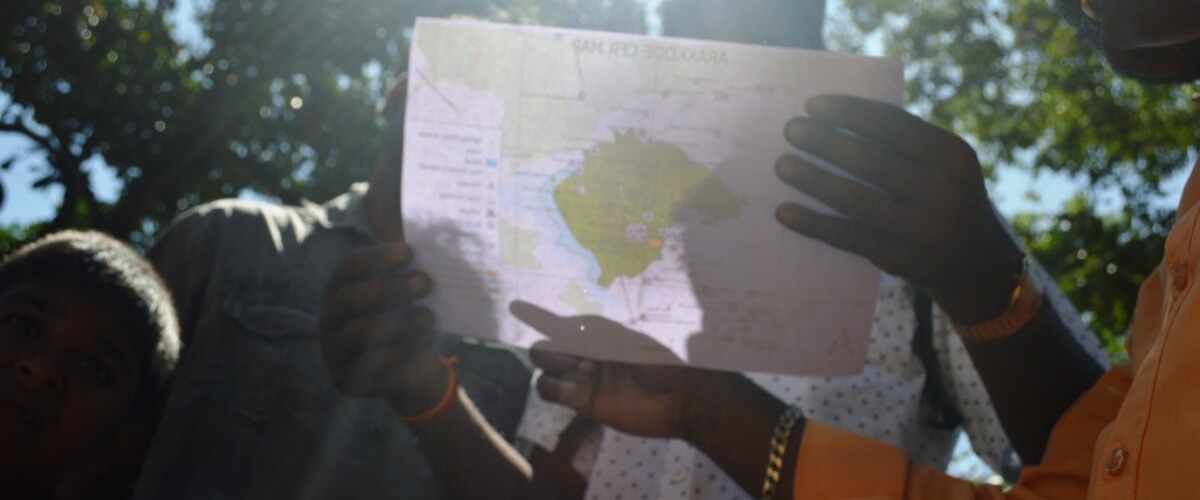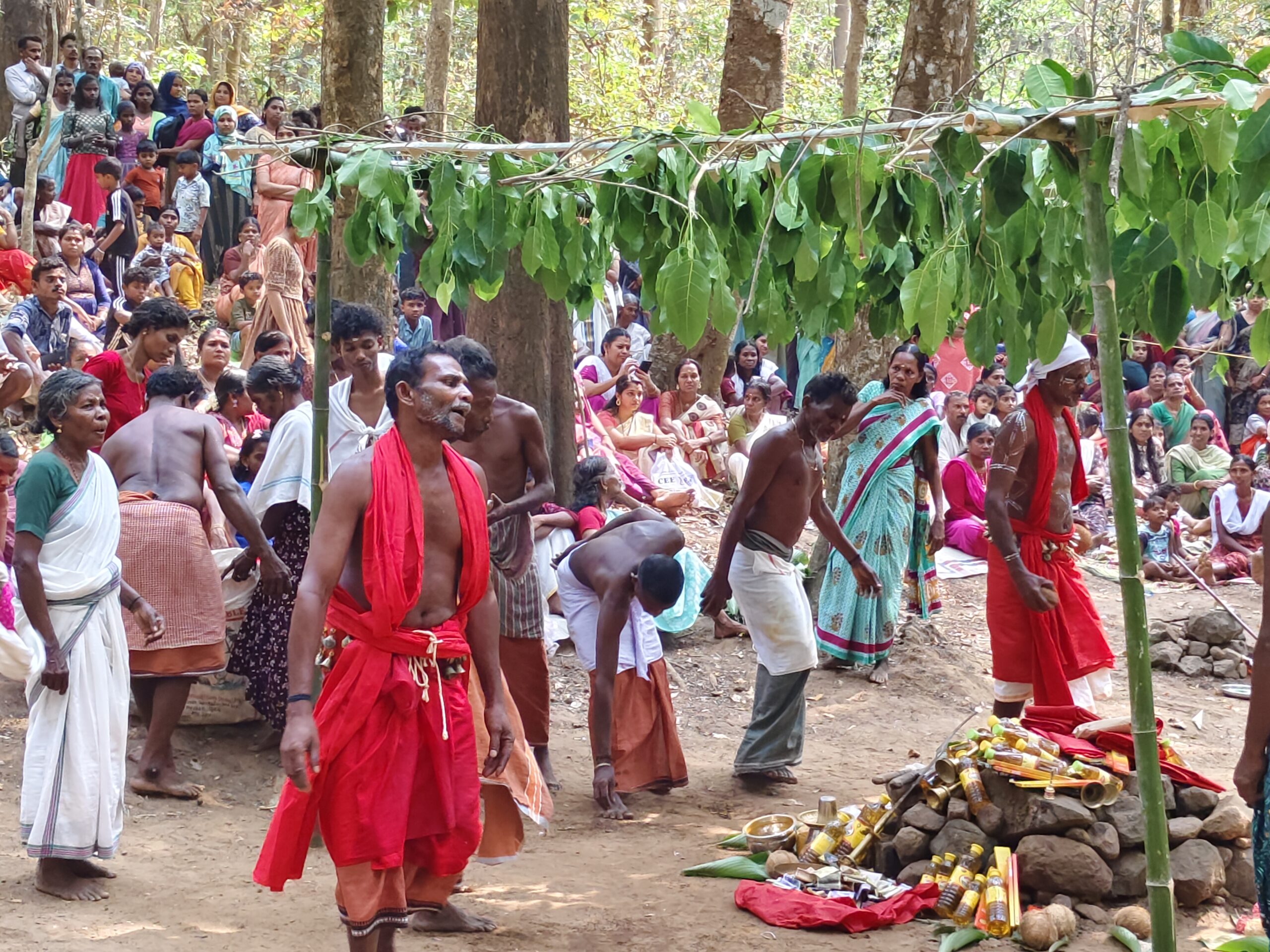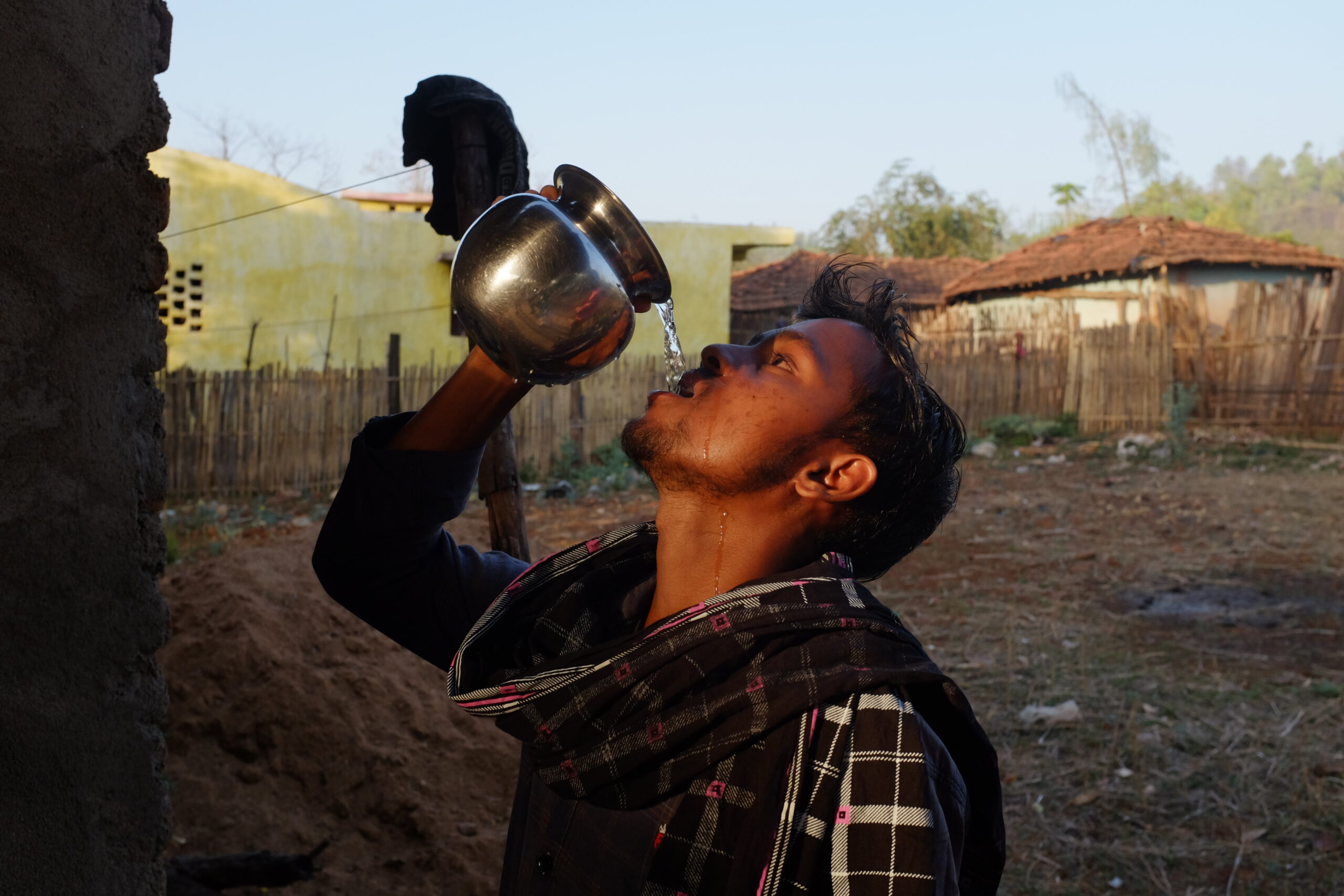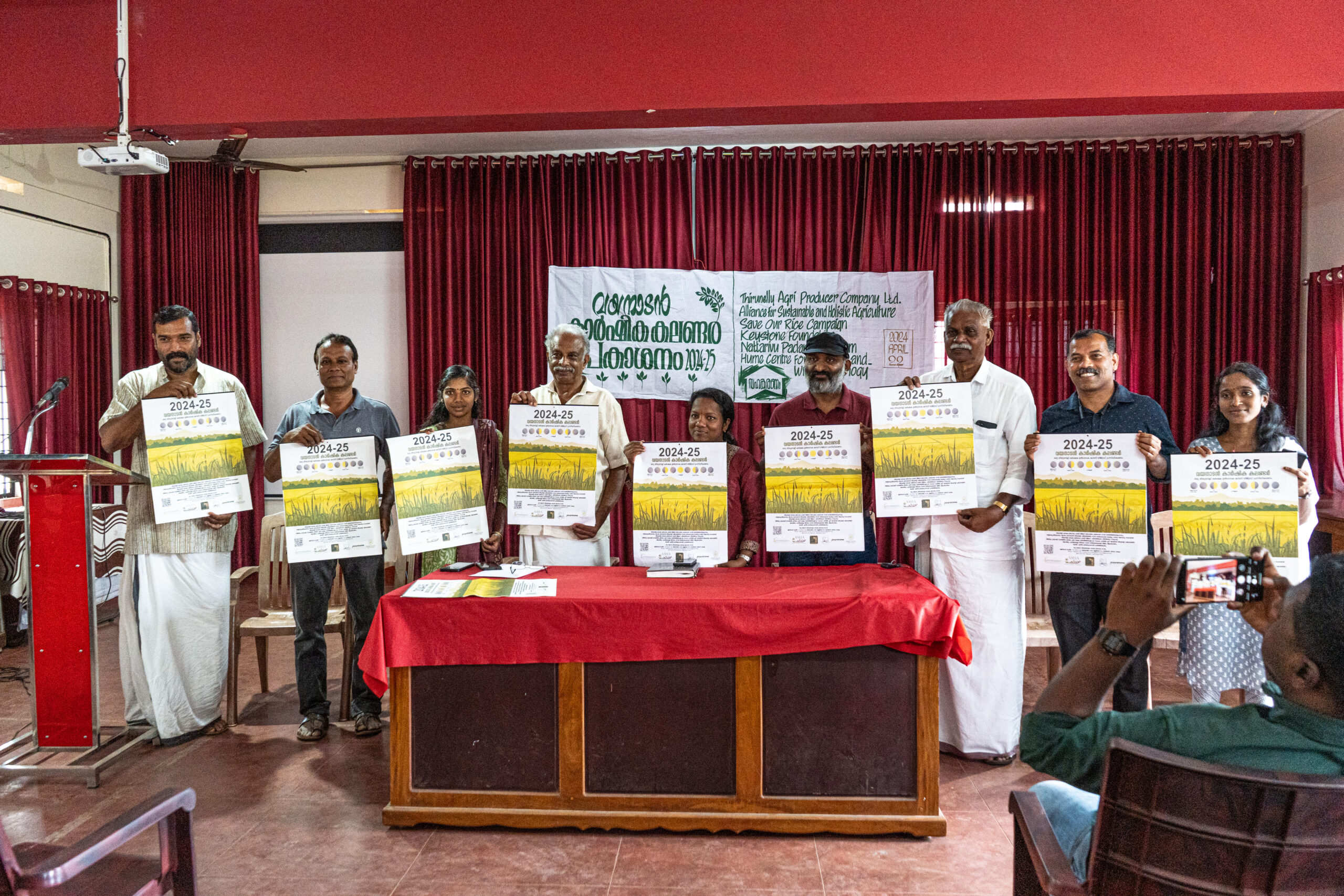Besides simply reversing the injustice caused by colonial laws or providing economic opportunities for forest-dwelling communities, the FRA is designed in a manner that reinstitutes the inherent characteristics of indigenous communities. The various provisions under the act allow indigenous communities and other traditional forest dwelling community to claim Individual Forest rights (IFR), Community Forest Rights (CFR), Community Forest Resource Rights (CFRR), and Habitat Rights in the case of PVTG communities.
IFR protects individual occupations rights enabling families to be self-sustaining. CFR provides the opportunity to adopt the indigenous way of self-governance and management of their forests, through community participation. Habitat Rights grants indigenous communities the right to utilize the whole habitat upon which their cultural identities and diversities are hinged upon.
Among the three main rights mentioned above – applying for IFRs is considerably straightforward than CFRs or Habitat Rights – given their nature and the procedures or processes associated with it. Data available on the Ministry of Tribal Affairs website clearly shows a higher disparity between CFRs submitted against distributed, whereas the disparity in numbers is less under IFRs. This has been the case in our working region in the Nilgiri Biosphere Reserve (NBR) as well.
Among the many reasons, some of the usual causes are – low awareness levels about the Act among indigenous communities, non-functional or inoperative Forest Rights Committees; transfer of regional nodal officers and, to an extent, a misconception of the Act at different levels of the committees granting rights.
However, there is no denying the fact that while applying for IFRs too, communities face some problems. Here is one such case that has come up in one of our working regions – Pillur. The Pillur valley is nestled in the dry deciduous forests, segregated from the bustle of the Coimbatore district. The indigenous populations living in the forest of Pillur belong to the Irula community (one among the four PVTGs in the NBR).
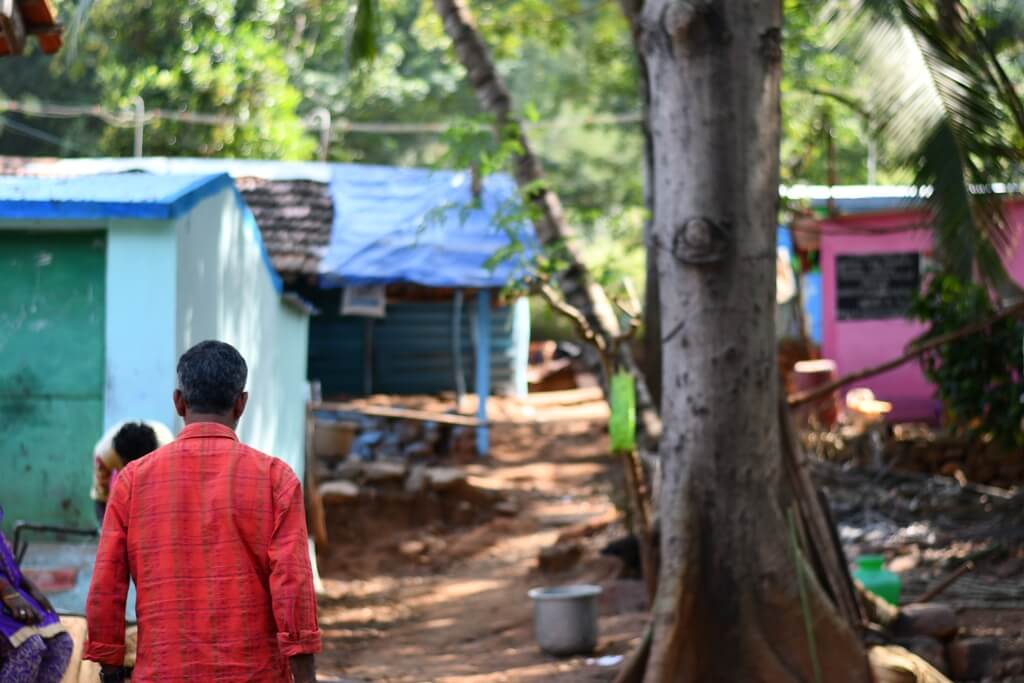
Six villages in this region after many requests and petitions are eagerly waiting for the IFRs. Post the lockdown during the first half of the year, the revenue department has surveyed 116 applications that were submitted earlier this year.
While visiting a few of these villages in August to understand how they feel about receiving IFRs after pursuing them for 10 years, instead of expressions of euphoria, stories of grief were shared. “I don’t have the money to build a proper house, this is why my house looks this way – does this mean that I’m not eligible to claim right over this land? rued Maliamma (names changed to cover identity).
Out of the 116 applications, the revenue department has disapproved 21 of those claims citing invalid reasons. The remaining 95 claims that were supposedly approved have serious mismatches with the land that was actually claimed in their respective applications. Though many had asked the officials present at the survey that their actual occupation land is more than what was being surveyed – they were told that the law grants rights only for the four walls of their respective house and nothing beyond that.
But this is what the law says – Section 4, Clause 6 reads:
Where the forest rights recognised and vested by subsection (1) are in respect of land mentioned in clause (a) of sub-section (1) of section 3 such land shall be under the occupation of an individual or family or community on the date of commencement of this Act and shall be restricted to the area under actual occupation and shall in no case exceed an area of four hectares.
None of the lands these individuals have applied for are even half of four hectares. And moreover – despite the resolution being passed at the Gram Sabha which is an important process while applying IFRs, 21 families whose claims were rejected were denied rights based on the condition of their house.
The law (Rule 12A (6)) clearly states that even if the SDLC and the DLC finds that the decision of the Grama Sabha is incomplete, or prima facie requires additional examination, it should remand back the claim to the Gram Sabha for reconsideration instead of modifying or rejecting it.
Take what you get…
Individuals with whom we met with incidentally conveyed that the communities after years of struggle feel it’s better to take what they get rather than questioning power. The fear of losing out on the opportunity holds sway among the people. Due to this, they have refrained from raising questions with the survey officers. In Sethumadai, two brothers own separate individual houses and some land for agriculture in which grow their cotton tress (5 each).
While one of them got his house and agricultural land surveyed, the elder one did not. This happened on the same day – where one was denied saying that the officer has received instructions from his superior to do so. But when, the younger one mentioned to the survey officer that his farmland also had to be surveyed, his request was accepted.
During the interlude…
While they wait for their individual rights, communities are taking steps to call for a Gram Sabha to initiate a plan for applying for CFRs. “Only if we get CFRs can we go and collect NTFPs from the forest. Until then with our IFRs we will be able to do some agriculture with the land that we get, this will help us and our families” says Nelammal.
“We are not sure what we will be getting when our form comes, but at least this will make us eligible to pursue Community Forest Rights. This will give us a sense of security” says Mariappan. Communities are confident that once they obtain IFRs, it will give them leverage when they apply for CFR – as these titles will mean that they have lived in these forests.
Mariappan also mentioned that he had gone to the local panchayat office the previous week to enquire when they will receive rights and that they will resubmit claims that were rejected and file a petition to rectify approved but incorrect claims.

